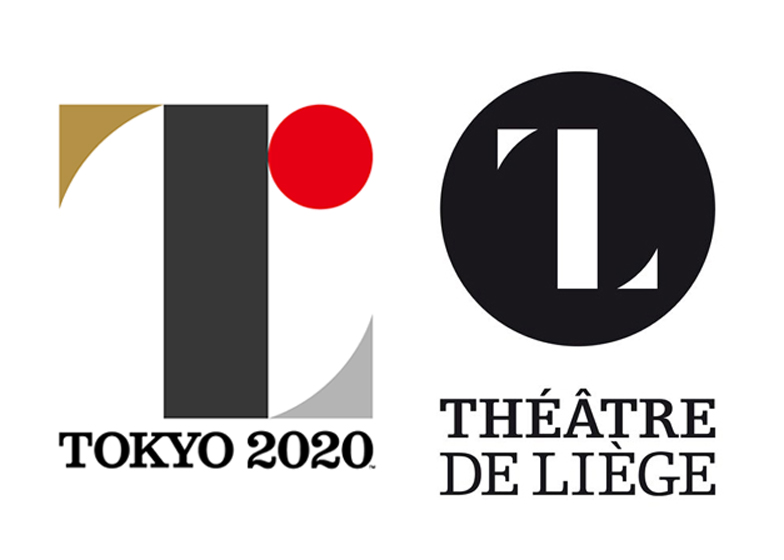- is anything really original?
- why is it still worth being created if something similar already exists?
- what makes things unique?
"those who do not want to imitate anything, produce nothing"- Salvador Dali
(he famously produced when he dreamt in physical outputs, as in the composition of time being manipulable. 'the persistence of memory')
other factors to consider in designing for prequel or sequel;
Connection
this is needed with the audience
Intent
the communication should be clear, so that what you communicate is what you intended
tailoring to a specific audience increases uniqueness as design (all though re-used) has a new purpose with a different specific audience. You could say that nothing has to be aesthetically unique but theoretically unique.
The book 'tipping point' reinforces how designs 'take-off' and why which theoretical explanations of
-law of the few
-stickiness factor
-power of context
An example of designs without context are those which are superficial.. e.g. internet memes. That spike popularity and growth but have no significant meaning, so eventually die out. They too use past work as they plaster on top to create something captivating in that moment.
Nostalgia
sometimes in order to be popular the design has to play to a time thought of fondly by the audience. Often this presents a rose tinted view and is accepted due to the desire to be emerged in the era presented in which was better without complexity.
Continuity
when spanning from prequels to sequels it is essential to remain consistent with some features. What is produced should have recognition of what it has come from, and also where it is going to. A timeline that is followed arguably.
An example of this is the 'marvel' franchise, in which continuity is paramount across all produced.
This information graphic by Christian Tate demonstrated this in cinematic timeline form. (documenting the past and the present.)
Arguably content is reproduced and remixed as subconsciously we might prefer the familiar (Ferguson- Everything is a Remix)
74/100 of the top film releases are a sequel, remix or made from previous on screen material.
Ferguson claims this is to do with the standard elements hidden inside genres and subgenres.
Which are;
-appropriated
-transformed
-subverted
(and all these elements have to be uniquely combined in order to create what initially appears as a "new" creation.)
Basically all material that influences a new production has been copied, transformed or combined.
Paul Rand added to this by hinting that all innovations are inevitable. In not trying to be original, but trying to be good we are all at risk of producing similar outcomes at similar times without intent to. (This is a difficulty due to copy right and patent laws however.)
"Don't try to be original, just try to be good- that sounds naive but its true"- Paul Rand
Paul Rand the graphic designer of the UPS logo and the IBM logo
Movements
trends in popularity also influence remixes, as something old can be 'ripped off' and used for a new audience and a new purpose.
there is arguably a social evolution in the type of re-makes done and which are popular.
The graphic design timeline below shows some of these movements/ trends.
A recent addition being internet memes. Which not only rely on technology and design abilities but also are created due to the layering of existing material.
The rules
The rules of remixing is to basically know the limit. Work shouldn't be directly copied or ripped off, or should be knock offs or covers and credit should be given where it is needed to those who inspired or influenced the creation.
an example of this 'copying' is the original Tokyo 2010 olympic games logo, in which had significant resemblance to a European Theatres logo





